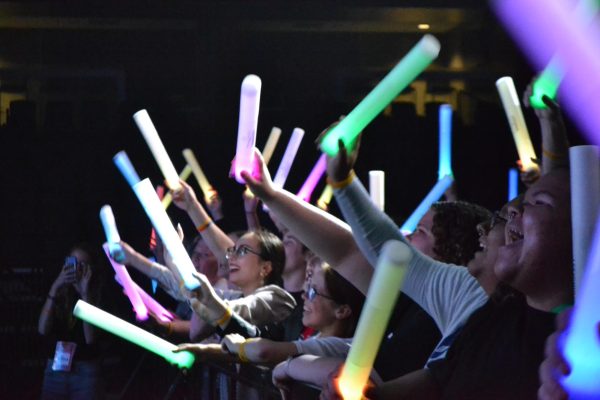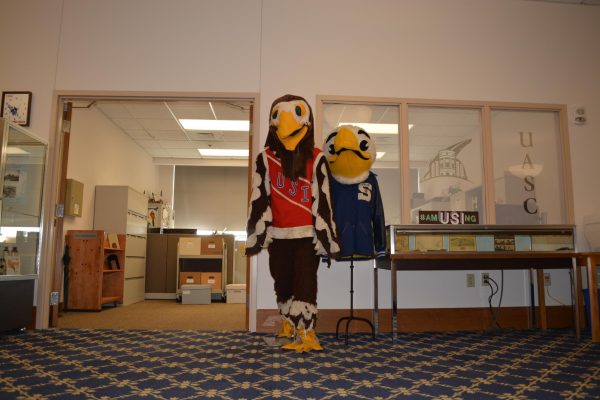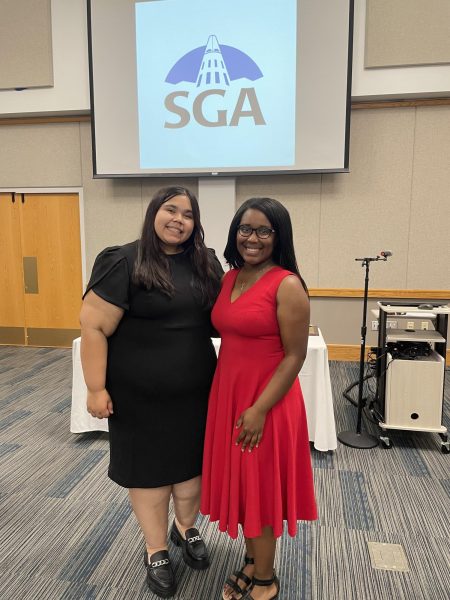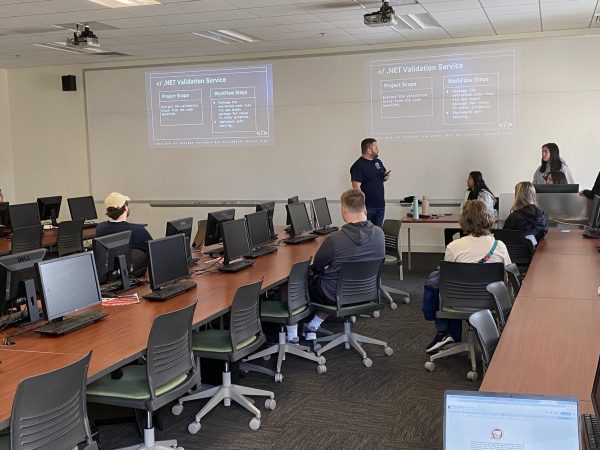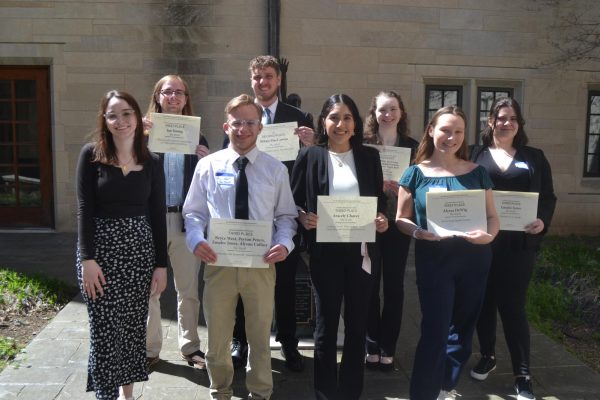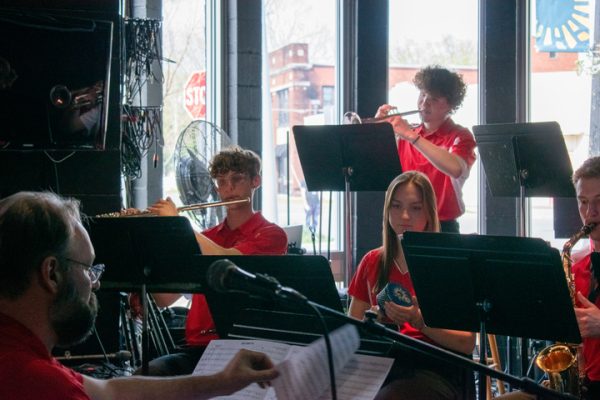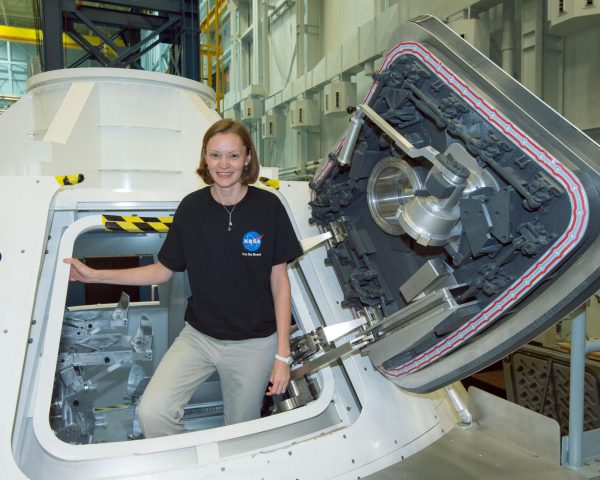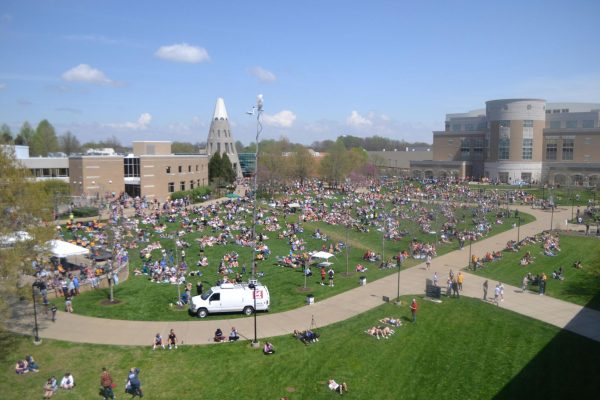Second strategic plan progresses
The 2016 Strategic Plan consists of three general points to be developed more fully with time.
President Linda Bennett didn’t want a several-inch-thick Strategic Plan, so the first document spanning from 2010 to 2015 had six points and fit neatly on a folded brochure.
The new Strategic Plan launching in 2016 reduces those six points to an even shorter three: Learning Excellence, Access by Design and Expansion.
“Learning – not just student learning, but everyone’s learning. I think students are drawn to individuals who are excited about their learning,” Bennett said. “That may seem obvious, but the most obvious thing needs not to be taken for granted. There needs to be intention.”
She said the point addressing access applies to both diversity and outreach to the community.
“I’m interested to see how we grow, because our potential is just tremendous,” said Bennett concerning the third point of expansion. “The quality has always been here, but we’ve been way too modest about it.”
While the three main points have been determined, Bennett said the concepts haven’t been fully fleshed out yet.
She said the university has learned valuable lessons since developing the university’s first Plan in 2009.
“(After the economy crashed in 2008), we ran into certain budget realities,” Bennett said. “We found some changes we could make. Some changes don’t take big dollars. Some take just human spirit.”
In order to develop the plan, Associate Professor of Health Services Kevin Valadares, along with Assistant Professor of Political Science Matthew Hanka, conducted a university-wide environmental scan beginning in August 2013. With the results of the scan in mind, Bennett devised the new points.
Bennett took the concept of an environmental scan from the Naval Surface Warfare Center in Crane. The university maintains a strategic partnership with the center, which works with warfare engineering and technology under the U.S. Navy.
“This scan looked at the organization’s strengths and how they related to trends locally, regionally, statewide, nationally and globally,” Hanka said. “(Bennett) wanted us to position ourselves to do that kind of thing.”
He said one of his focuses with the scan was determining the difference between educational value and value of education.
“When you say value of education, you might look at it from an input/output standpoint with material benefits,” Hanka said. “That’s different from educational value, which is found in the things USI does to produce thoughtful students. It’s the idea of producing thought leaders.”
Graduate students helped Valadares and Hanka perform interviews with individuals ranging from university representatives to community members in order to identify USI’s strengths.
“Some that emerged were access, affordability, size, quality and a physical footprint,” Hanka said, “meaning that people like assets and coming to campus and seeing buildings and what’s happening.”
Another strength lies in the university’s lack of numerous layers of bureaucracy, Hanka said.
“USI is not an ivory tower,” he said. “It’s always worked toward community and regional needs.”
Hanka said he sees the university only getting bigger and stronger.
“Students are being molded and cultivated into thought leaders,” he said. “The future of our university for the next 50 years is bright.”

